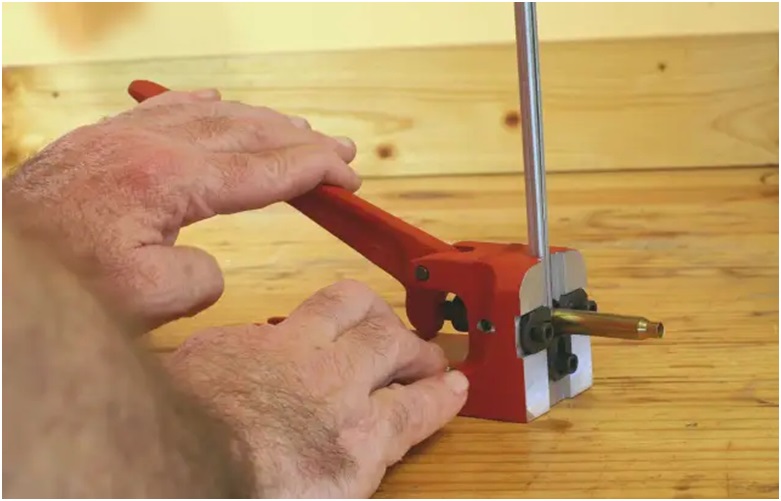How Overall Length affects Velocity in Reloading?

Overall length is the total length of a loaded round so it’s a dimension of the case head to the tip of the projectile. If you’re familiar with load data this is the dimension that is usually specified in all the manuals. If you’re loading a single caliber for more than one firearm and ultimate accuracy isn’t something you’re concerned with this should be a safe number and if that’s a number you’d like to use. Unfortunately, some guys think that this number that’s in the manuals is written in stone and they can’t deviate from it regardless of the application. This is one of the reasons that guys like me will tell you you need to read your loading manuals and it never hurts to read more than one.
In this article, we are going to explore all about the overall length of how it affects the velocity and as usual, show some hard data on how this works in real life.
Looking at the horny manual 10th edition page 76 they discuss a couple of comments about seating depth. First, a projectile may not appear accurate simply because it is not seated to a suitable depth for a particular firearm. Second, less distance to the bore the greater the accuracy meaning the closer the projectile is to the lands the smaller the groups you might achieve. Third, a reloader has entire control over this up to the limitation of the action magazine or the barrel itself. Through experimentation with seeing depths, you can find the best one for your application.
Case gauge tool doesn’t tell you what you’re measuring and it certainly isn’t going to find the optimal case dimensions or optimal cartridge overall length for your application. If you’d like to know if a size case or a loaded round is going to fit in your chamber they will work; however, it’s just not the optimal tool for this application. Altering cartridge overall length from the book value is not the craziest idea and this is probably the best tool in our toolbox as reloaders that we have to be able to shrink the groups for any given projectile. This is one of the reasons most people t not a fan of these case gauges. Just because it fits in here doesn’t mean it’s going to be optimal for your firearm or that you’re going to be able to repeat whatever performance you got by loading around to fit in this case gauge.
Hornady bullets make overall length and headspace gauges that can be used with a standard set of calipers to give us comparative measurements. There are similar tools from other manufacturers such as this short action custom set that can also perform a similar function. But when you’re choosing tools it’s a combination of what you want to measure and what your budget is going to allow. If you’re familiar with this tool you will see that instead of measuring overall length this is using the ogive of the projectile as a reference.
One of the questions is what’s going to happen with our statistics as we change the cartridge’s overall length as. However, some people are afraid that modifying that cartridge length is going to ruin our statistics. This is a little bit of the chicken and the egg argument of reloading: which one do you complete first, the cartridge overall length or the charge weight. It’s slightly different from the first data but shot on a different day with different conditions and essentially the same average velocity. So it appears even when we push that projectile further into the case that whatever pressure increases we’re getting in the cartridge with that. We’re also increasing the amount of gas that’s sneaking around the projectile before the projectile enters the rifling. So at this charge weight varying the cartridge over our length, we seem to have a very consistent load and have no problems keeping our extreme spreads below. However, if the pressure increases as cartridge overall length decreases and while that may be the case it doesn’t appear to show that way in real life at least as far as velocity measurements.